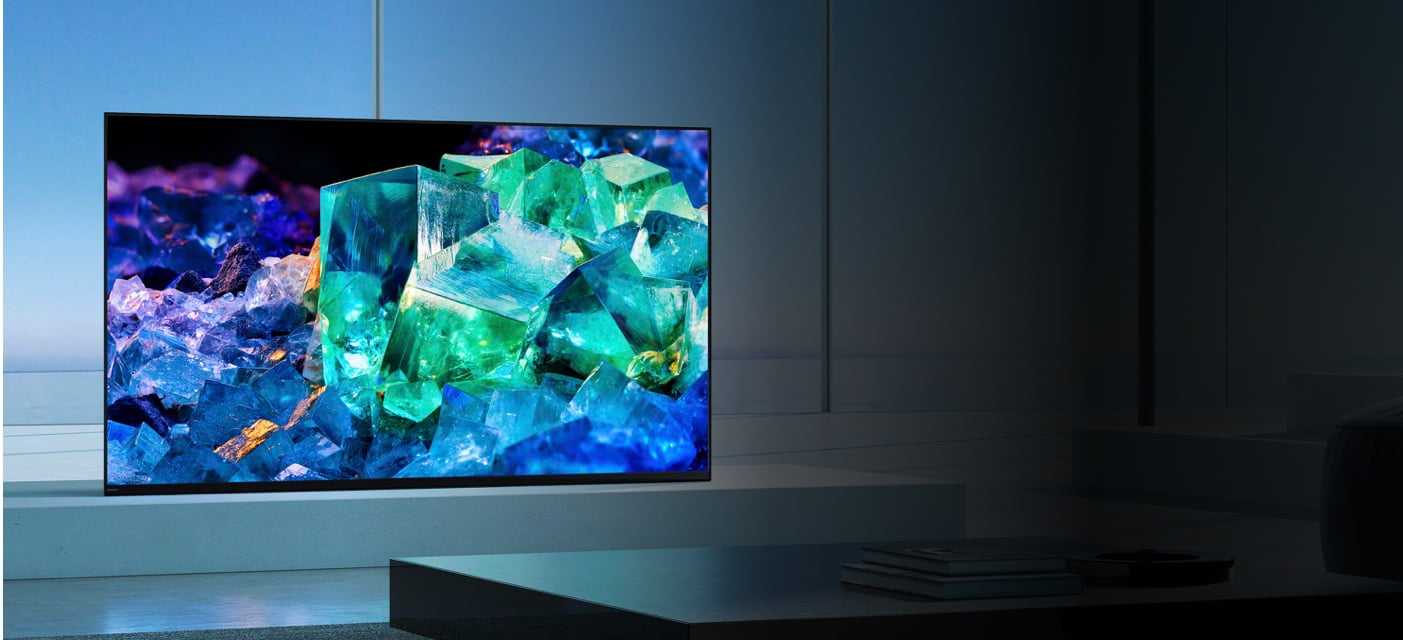Consumer electronics enthusiasts who consider themselves connoisseurs of TV picture quality often choose OLED displays for their home theaters, thanks to the tech’s ability to offer deep, inky blacks, which help the image on screen “pop.” The downside to OLEDs, compared with LED displays, is that they sacrifice brightness levels, which can affect how impactful an OLED TV will feel in a bright living room during the day, or when leveraging HDR programming.
At CES 2022, Sony and Samsung Display (a subsidiary of Samsung Electronics) unveiled the world’s first QD OLED, the Sony A95K, which seeks to combine the brightness of an LED display with the picture performance of an OLED. The new tech also provides better color saturation and off-angle viewing, and significantly reduces the risk of screen burn-in compared to traditional OLED.
The result is nothing short of stunning, according to TV professionals. Digital Trends’ Caleb Denison has already called the QD OLED display the “best picture ever,” adding, “I hate the term ‘game-changer,’ but it absolutely applies here. I couldn’t be more excited for this massive leap forward for TVs in 2022.” Engadget noted as well that QD OLED could “easily become the new standard for high-end consumer TVs.” Exact pricing for the Sony A95K has yet to be revealed but cutting-edge tech rarely comes cheap.
While Samsung rival LG provides many of the OLED TV panels on the market today (through its own LG Display subsidiary), including for Sony’s high-end Bravia models, it appears that Samsung Display is taking the lead on the new QD OLED technology. Even though Samsung Electronics hasn’t announced its own QD OLED smart TV yet, the larger corporate entity will benefit from sales of Sony’s A95K. Additionally, leading computer gaming firm Alienware will be leveraging Samsung Display’s QD OLED panels for its upcoming 34-inch curved gaming monitor.
Interpret’s New Media Measure® shows that Samsung easily remains the leading smart TV brand in the US in terms of ownership, with one quarter of US consumers stating that they own a Samsung TV. It’ll be interesting to see how the roll out of QD OLED tech affects smart TV adoption among top brands. Recently, Samsung, LG, Sony, and other major brands have seen slight dips in ownership. Consumers have been increasingly gravitating to less expensive brands that offer good bang for the buck, such as TCL (up to 5% ownership), Philips (2%), and Walmart’s Onn brand (2%). The impact is that top brands went from a net of 46% to 42% while lesser-known TV brands jumped from 15% to 17%.




